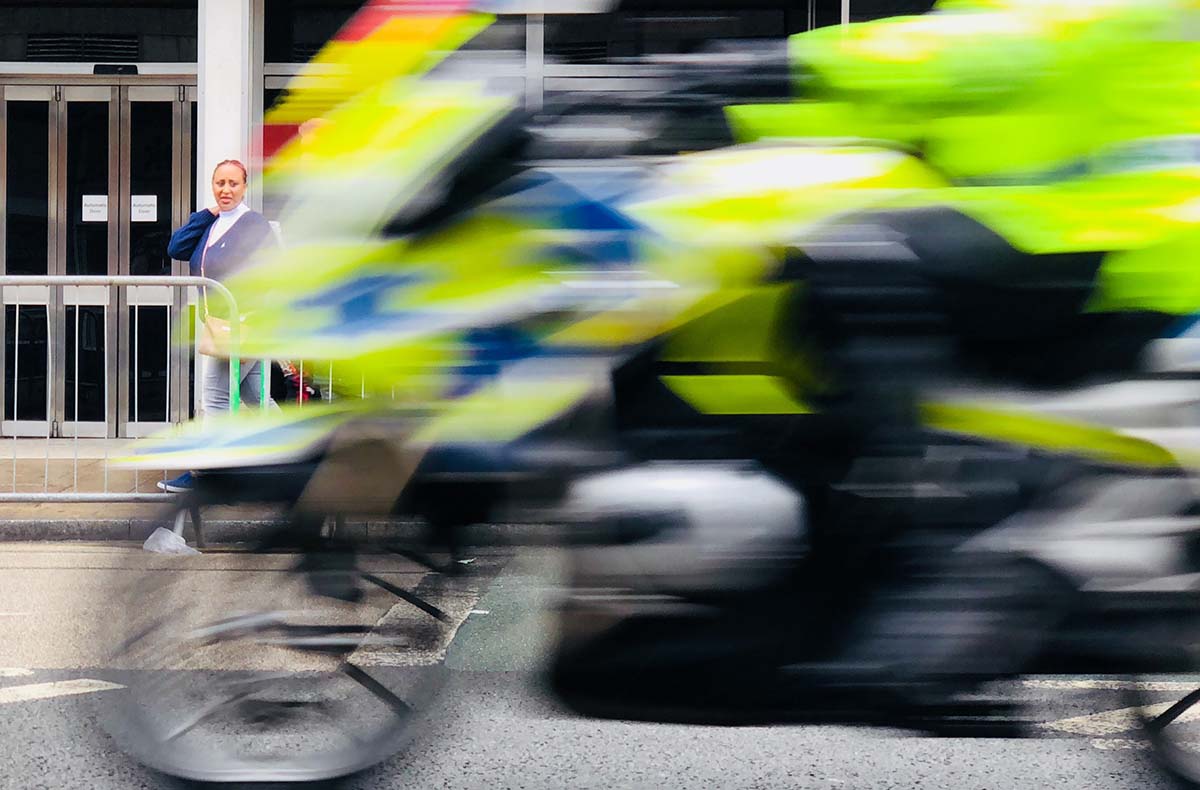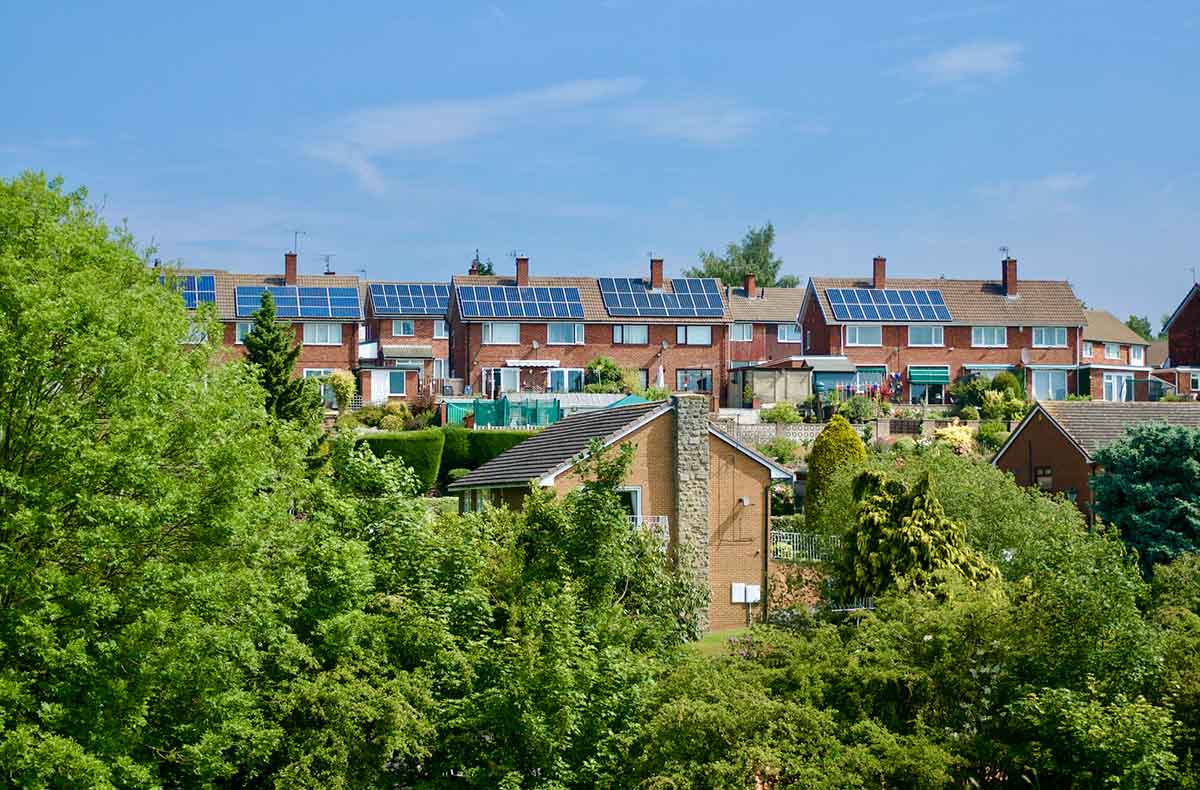
Many Americans tend to think of Northern Ireland as “that troubled state on the island of Ireland”—but the bit that’s inside Britain.
Speak to most people outside the UK and Ireland, and the stereotypical view of Northern Ireland is the location of “The Troubles” from 1968 to 1998. For the uninitiated, The Troubles was an ethno-nationalist conflict between largely Catholic republicans and largely Protestant loyalists—part-fuelled by staunch support from nationalists inside the Republic of Ireland and the muscular oversight of Westminster, the British Army and UK security services.
It would take a hefty book to explain the multi-layered social, cultural, political, sectarian, religious, economic and paramilitary complexities of The Troubles, let alone the history that preceded them. Which is why when most international readers think about a country smaller than Connecticut—with a population of just 1.9m people—discourse about Northern Ireland is still dominated by the term.
But Northern Ireland is, and always has been, so much more than the Troubles: a reality belatedly seeping into global homes via successful British, Irish and Northern Irish music, literature, drama and comedies such as the outstanding Derry Girls.
The Good Friday Agreement—then and now
In Britain and Ireland, the easy stereotype of troubled Northern Ireland has eroded amid the highly-valued (albeit sometimes fragile) recent peace. Thanks predominantly to the extraordinary Good Friday Agreement of 1998: the 25th anniversary of which was celebrated this year.
Given the backdrop of thirty years of violence, the GFA surely ranks as one of the 20th Century’s finest political achievements.
Arguably the biggest GFA achievement was constitutional recognition by the Republic of Ireland that Northern Ireland is legally part of the UK until such time that a majority in Northern Ireland and the Republic wish otherwise. Should both populations demand it, the British and Irish governments are legally bound to agree the change. So, the historic 1998 deal paves the way for a potential unified Ireland should both states on the island want it—something as likely to be influenced by long-term demographic change as politics.
The implications of the GFA are now familiar to most British and Irish citizens. But it’s remarkable how few people beyond both states understand the agreement, including otherwise well-informed folk in America (a state which played a key part in brokering the agreement).
One of the most misunderstood elements is the “power sharing” arrangement which restored self-governance to Northern Ireland. The GFA was backed by eight major political parties or groupings within Northern Ireland, including three unionist organisations (such as the Ulster Unionist Party) and two nationalist groups (including Sinn Fein). The significant non-signatory was the loyalist Democratic Unionist Party (DUP)—which nonetheless stood candidates for elected posts after the GFA.
Power sharing in action
As part of the power-sharing agreement, two major bodies were created to help Northern Ireland self-govern and end rule from Westminster: the Northern Ireland Assembly at Stormont as the devolved legislature, and the Northern Ireland Executive as the devolved government. Both ensure that key sides within Northern Ireland play significant roles in governing, policy development and decision-making.
After some stop-start early years—disrupted by rows over the decommissioning of weapons—the Assembly and Executive settled down and worked reasonably effectively given the potential for disruption (at least, until the resignation of Sinn Fein’s deputy first minister Martin McGuinness in 2017). For two decades, the Assembly was led by a loyalist first minister because loyalist parties held the most seats at Stormont. By 2003, the largest party was the DUP.
All that changed in 2022, when the republican Sinn Fein, led by vice-president Michelle O’Neill, became the largest party at national elections. It was an electoral earthquake.
The impact of BREXIT on Northern Ireland’s political landscape
But O’Neill’s constitutional and democratic right to lead the Assembly was effectively stymied by Britain’s 2016 decision to leave the European Union. More specifically, the DUP’s protest against subsequent post-Brexit trade arrangements.
In protest at post-Brexit arrangements, DUP first minister Paul Givan resigned in February 2022—and the Northern Ireland Executive collapsed, leaving everybody with a “dormant Stormont”! Since then, there has been no functioning Assembly or Executive.
Meanwhile, Sinn Fein has gone from strength to strength at the ballot box. Nationalists have made gains in local council (sub-national) elections. At local elections in 2019, the DUP secured the most votes in six out of Northern Ireland’s eleven council areas. But after votes last month (June 2023), Sinn Fein became the largest party at sub-national level, too, securing the most votes across six local authority areas.
What it means for Stormont to be inactive
Time and again in recent years, republican nationalists have made gains. Yet they are blocked from the historically significant step of leading the Assembly and power-sharing the Executive by the DUP’s refusal to re-establish Stormont.
Sinn Fein’s leader, Mary Lou McDonald, said the local elections meant the party now has a “huge mandate” to govern.
Northern Ireland’s public services are crumbling amid Stormont’s inaction and a crippling lack of national decision-making. The DUP has suggested it could return to power-sharing this autumn, but few experts are holding their breath.
Meanwhile, the British government has handed over a parsimonious annual budget for Northern Ireland—which could mean service cuts worth up to £800m. One local source told New Thinking that the country’s infrastructure is “literally falling apart” because basic maintenance is not being completed.
What is needed is for all parties to return to Stormont. In stark terms, that means the DUP accepting Sinn Fein’s democratic right to lead via its first minister-in-waiting: Michelle O’Neill. Irrespective of the DUP’s opposition to the Brexit deal, which may include some valid concerns, you cannot hold back the tide. And the electoral tide favours Sinn Fein.
For the most part, Northern Ireland remains a thankfully peaceful country due to the GFA’s success. Most people hope “The Troubles” are consigned to history. Yet trouble with a small “t” is never far away. Let’s just be grateful it is generally political and administrative.



